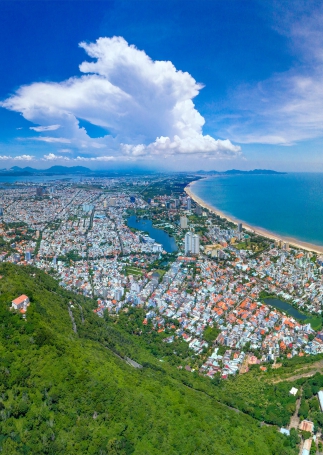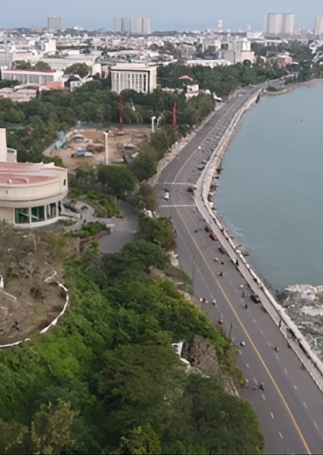Hong Kong newspaper suggests tourists to Hoi An
SCMP newspaper said that Hoi An has few foreign visitors, which is the right time to visit before this place is crowded again.
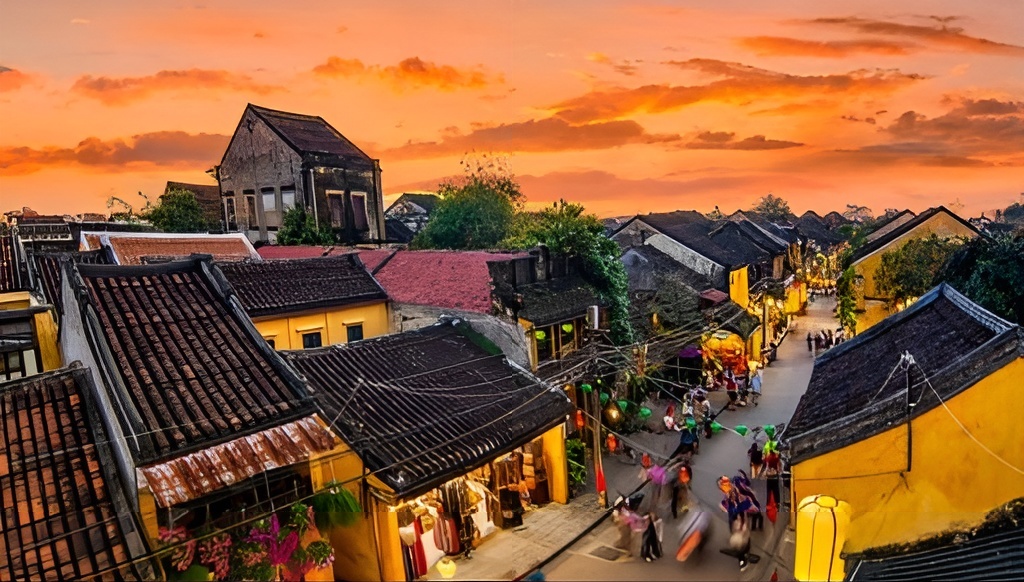
SCMP newspaper said that Hoi An has few foreign visitors, which is the right time to visit before this place is crowded again.
Hoi An is located on the banks of the Thu Bon River in Quang Nam Province. Much of the old town's charm is a fusion of local cultures, architecture, and Chinese, Japanese, and French influences. While other Vietnamese cities and towns cannot preserve their ancient features, Hoi An is one of the few that can. Hoi An can be called a "peaceful meeting place", because it still preserves the ancient vestiges.
Vietnam reopened its border in March, welcoming 3.5 million foreign visitors in 2022. According to SCMP, the number of visitors is still small but will soon be crowded again when the Chinese can go abroad in 2023. "Now is a very good time to visit Hoi An," says Julian.

Photo: SCMP
The local market in Hoi An, described by British journalist Julian Ryall, who writes tourism for SCMP, is a symphony of sounds, colors and smells. The car horn sounded continuously, the elderly women squatted beside the stalls filled with fruits and vegetables, the sizzling sound of fat pans. For Julian, it was "an attack on the senses". But with Viet Nguyen, a local, everything is more peaceful. A few years ago, this market was already full of international visitors, now mostly locals. Viet said, Hoi An needs tourists back, because many people need jobs and economic recovery.
Viet makes a living as a tour guide. His area of activity is mainly in the ancient town of Hoi An - an area recognized as a world heritage site by UNESCO in 1999. While Viet wants more tourists to come here, Julian said that Vietnam on the one hand wants customers. visit Hoi An more, but also glad that the pandemic time has made Hoi An "rest".
Hoi An became an important stop for the spice trade from the 7th to 10th centuries. Polish architect and conservationist Kazimierz Kwiatkowski arrived in Hoi An in the early 1990s and he has great merit in promoting the image of the city to the world.
In the pedestrian zone around the old town, there are more than 1,100 buildings of different eras. Many houses are now cafes and restaurants serving tourists. Paintings and lacquerware are sold everywhere. Street vendors attract children with toys.
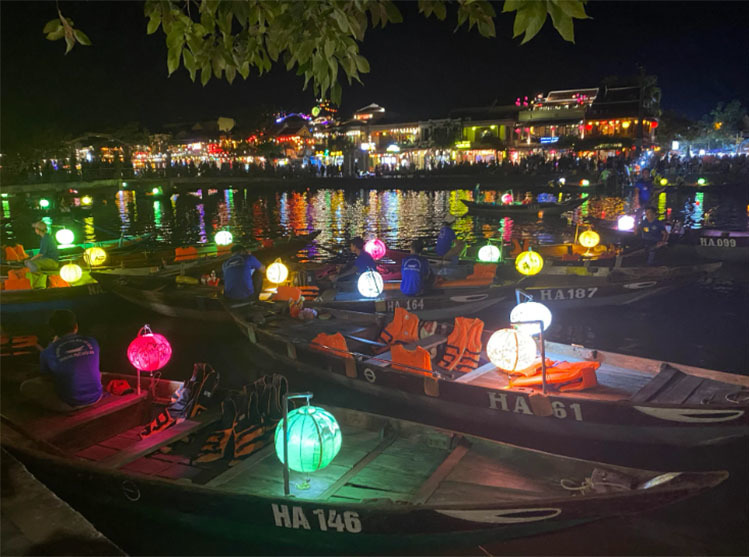
The Old Quarter has narrow streets, leading down to the Thu Bon River and a narrow tributary crossing the Japanese Bridge - a sight most tourists visit. The bridge dates back to the 1590s, when the Japanese community in Hoi An wanted to connect more conveniently with the area that has a large Chinese population on the other side.
Not far from the Japanese bridge is Tan Ky ancient house, built by a Vietnamese businessman two centuries ago and managed by seven generations of his family. The interior is influenced by Japanese and Chinese culture, from the roof beams to the mother-of-pearl mosaics. Outside is a courtyard with a balcony filled with frescoes.
Another highlight in the old town is the church of the Tran family, built in the 1700s. This is one of the oldest buildings in Hoi An.
From afternoon to evening, the area along the Thu Bon River is lit with lanterns. On the river are boats carrying tourists to watch the river at night and release lanterns. On the rooftops of the restaurants and bars in the area, guests soak up the atmosphere and cool evening breezes, sipping drinks.
"We have learned many lessons, as well as done many things to improve facilities and infrastructure in the city to provide a better experience for visitors," Pham Van Dung, general manager of a resort in Hoi An, said.
"I believe the worst is behind. People who were hesitant before are now eager to travel again and Hoi An is ready to welcome them," Dung said.
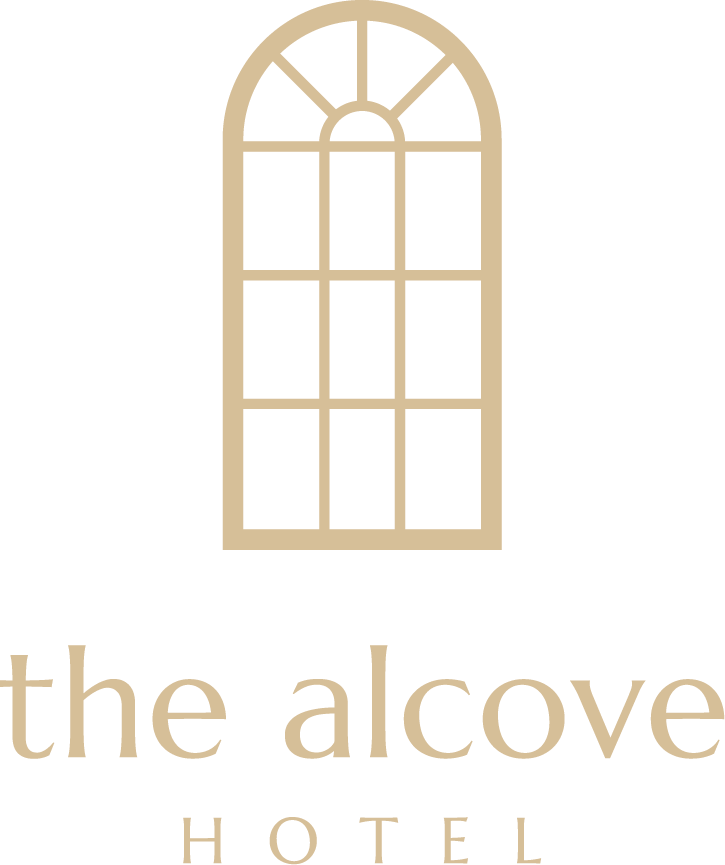

 Activity news
Activity news





